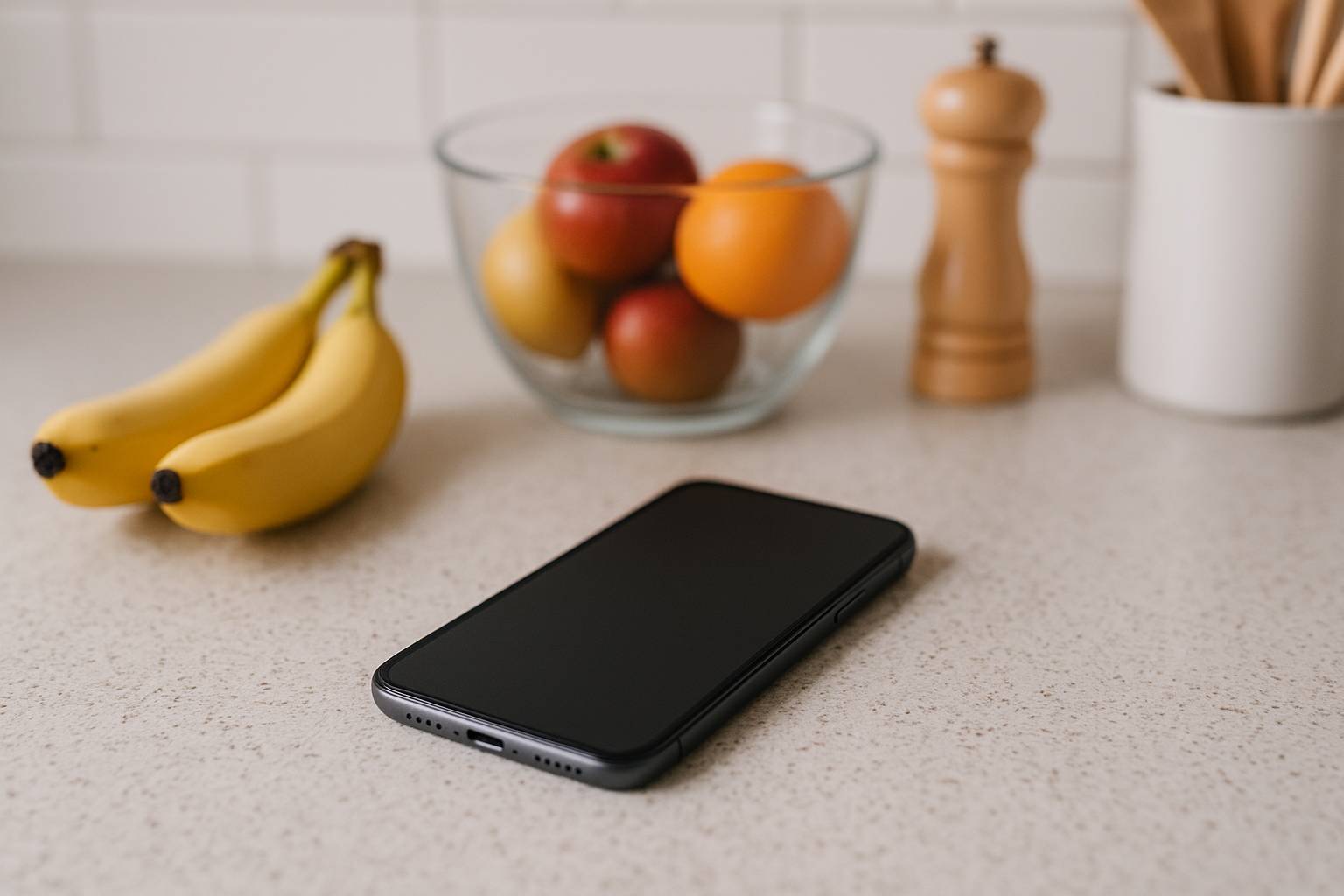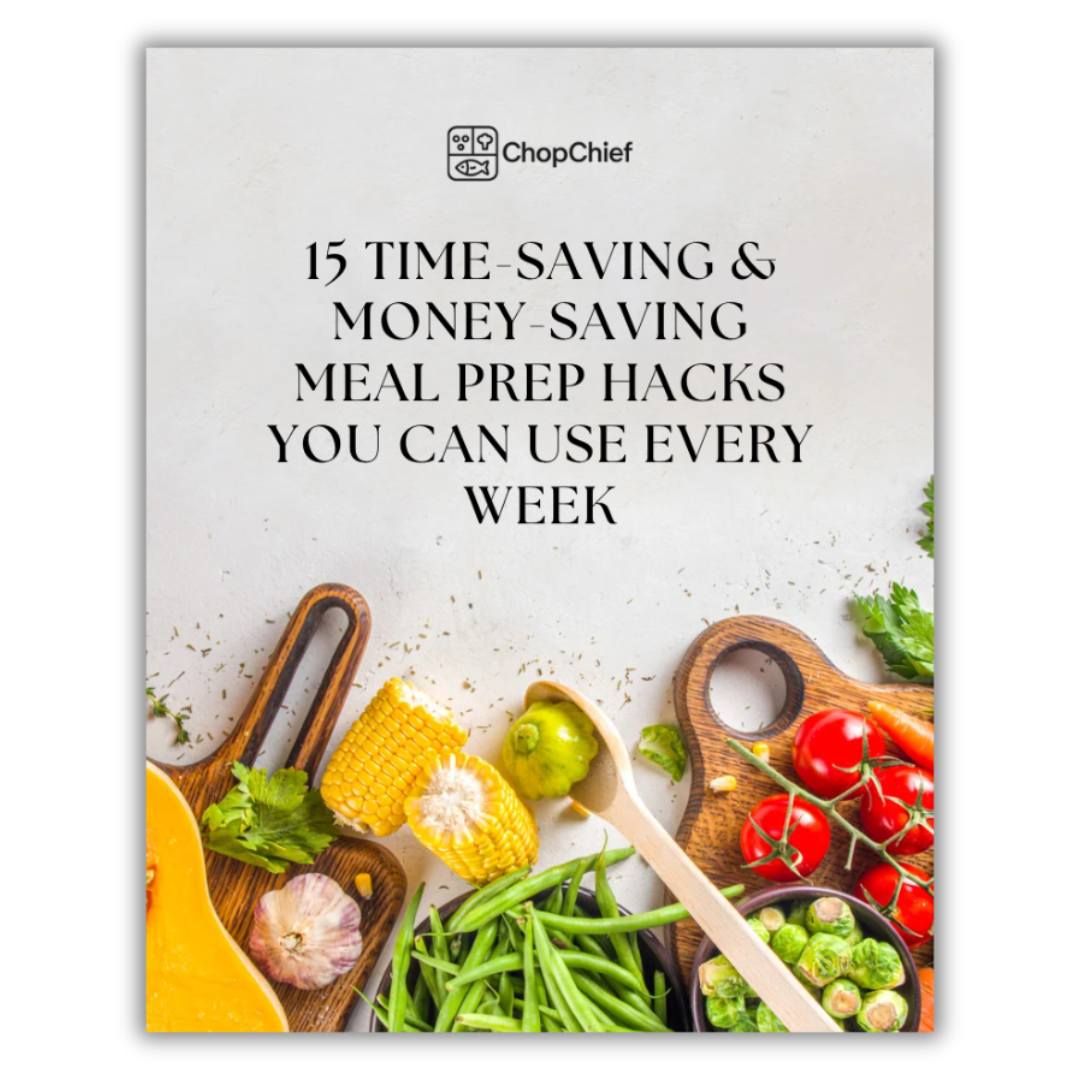The Ultimate Meal Planning App Guide

What if a meal planning app could cut your grocery bills, end dinner stress, and make weekdays feel easy? In this article, you'll learn how to pick the right app, set it up fast, and use smart features that actually save hours each week. I’ll walk you through top features - auto grocery lists, customizable recipes, diet filters, pantry tracking, and hands-free cooking - and show simple steps to turn plans into real meals.
This guide draws on hands-on testing of popular apps and clear, practical tips so you avoid wasted time and food. Read on to stop guessing at dinner and start cooking with confidence. Plus, we'll compare top free and paid options so you can save even more.
Why use a meal planning app?
Understand the core benefits and real-world outcomes meal planning apps deliver—saving time and money, reducing food waste, simplifying grocery shopping, and supporting diet goals.
Save time and simplify shopping
Meal planning apps take the nightly “what’s for dinner?” stress off your plate. Many tools automatically turn chosen recipes into grocery lists, so you shop once and smart. Apps like Paprika, Whisk, Mealime, and Samsung Food generate lists from your meal picks and even let you send them to delivery services.
Save money and cut waste
Meal planning apps help you buy only what you need and avoid costly last-minute takeout. They reduce food costs and make sure you have the right ingredients on hand. Apps such as Cooklist go further by tracking expiration dates and suggesting recipes to use items before they spoil—directly helping you reduce food waste.
Support diets and remove decision fatigue
If you’re tracking calories or following a diet, a meal planning app can keep you on target. Eat This Much-style tools build plans around calorie goals and dietary preferences, removing the mental load of deciding meals and helping you stick to nutrition targets.
Practical features that make a difference
- Huge recipe libraries: Samsung Food supports millions of home cooks and offers over 240,000 free recipes, including 124,000 fully guided recipes.
- Quick meals for busy lives: Mealime prioritizes recipes under 30 minutes for weeknight cooking.
- Automated grocery lists: Convert weekly plans into shop-ready lists with a tap (Paprika, Whisk, Mealime, Samsung Food).
- Shared lists and collaboration: Share and sync grocery lists with family or roommates using Samsung Food’s collaborative features.
- Weekend prep workflows: MealPrepPro and similar apps provide step-by-step weekend prep plans so meals stay fresh and don’t turn into stale leftovers—an approach praised by meal-prep communities.
- Waste-reducing suggestions: Cooklist monitors pantry and fridge items, nudging you to use foods before they expire.
Choosing the right meal planning app depends on your goals: speed, budget, diet, or waste reduction. Try a couple to see which features save you the most time and money—then stick with the one that makes cooking simpler and more enjoyable.
Features that matter
Not all apps are built the same. Prioritize features that map to your goals—time savings, nutrition tracking, meal-prep workflows, waste reduction, or full recipe libraries.
What to look for...
- Recipe library size & quality: If variety matters, pick an app with a big, high-quality catalog. Samsung Food offers 240,000+ recipes and nutrition facts on 218,500+ of them, giving both breadth and health data (learn more: https://samsungfood.com/).
- Save-from-web & personal recipe keeper: Want to keep family recipes or online finds? Paprika and Samsung Food let you save recipes from any website. Paprika also syncs your saved recipes across devices, which is great when you cook from multiple phones/tablets.
- Meal planner calendar + grocery list: Choose apps that turn weekly meal plans into ready shopping lists. Whisk, Mealime, Paprika, and Samsung Food all create planners and automatically generate grocery lists to save time.
- Diet filters & customization: If you follow a specific diet, Samsung Food supports 14 popular diets (keto, vegan, low-carb, etc.). Mealime and Eat This Much build plans around your preferences and calorie targets.
- Nutrition & calorie tracking: For calorie-based planning, Eat This Much focuses on personalized calorie plans. Samsung Food provides nutrition facts and health scores on many recipes for quick comparisons.
- Pantry & expiration management: To reduce food waste, Cooklist tracks freezer/pantry/fridge items and flags those nearing expiration so you use them first.
- Meal-prep workflows: If weekend prep is your style, look at MealPrepPro for specialized meal-prepping plans. Reddit users also praise apps that outline weekend chopping/measuring to simplify weekday cooking.
- Grocery ordering & integrations: Samsung Food can order ingredients from 23 retailers. Mealime can integrate with Amazon Fresh and Instacart for delivery.
- Device sync & offline access: Paprika offers download and sync capabilities so recipes and lists are available across devices and offline.
- Cost & freemium limits: Whisk is robust and free. Paprika’s free version limits recipe saves (~50) before a paywall. Mealime has a free tier; pro features run about $3/month.
Match the features above to your top goals—time, health, waste reduction, or full recipe control—to choose the best meal planning app for your life.
Quick app snapshots
Short, side-by-side highlights to help you pick a meal planning app fast.
- Paprika — Best overall (Cosmopolitan): free version mirrors paid flexibility but limits recipe saves (~50). Strengths: download/sync across devices and built-in grocery lists.
- Mealime — Best for quick recipes: every recipe is designed to be under 30 minutes. Free core features; Mealime Pro ≈ $3/month for advanced customization and nutrition substitutes.
- Whisk — Best budget pick: fully free, customizable recipes, basic nutrition facts, calendar + auto grocery lists, and save recipes from other sites.
- Eat This Much — Best for calorie/customized plans: builds meal plans from your calorie and diet goals, barcode scanning and manual recipe import; shopping-list features behind a paywall.
- MealPrepPro — Best for meal prepping: builds weekend prep plans and multi-day meals; note: not available on Android.
- Cooklist — Best for reducing food waste: tracks expiration dates in pantry/fridge/freezer and suggests recipes to use items before spoilage; some users report bugs.
- Samsung Food — Feature-rich all-in-one: massive library (240,000+ recipes, 124,000 guided), community notes, nutrition facts on 218,500+ recipes, shareable grocery lists, order from 23 retailers, plus Samsung Food+ adds AI meal plans, automated pantry suggestions, and SmartThings Cooking integration.
Practical tips: Try free tiers first. Export or back up recipes regularly (Paprika excels here), enable pantry tracking to cut waste (Cooklist), choose an app that supports your preferred grocery-order method to save time.
Choosing the right meal planning app can change how you shop, cook, and eat. These tools save time, cut costs, reduce food waste, simplify grocery lists, and help meet diet goals. Look for features that match your priorities: big recipe libraries and nutrition data, save-from-web and device sync, automated grocery lists, pantry tracking, meal-prep workflows, and grocery-order integrations.
Top picks include Paprika for offline sync and recipe storage, Mealime for quick dinners, Whisk for a strong free option, Eat This Much for calorie-based plans, MealPrepPro for weekend prepping, Cooklist for waste reduction, and Samsung Food for a massive library and retailer integrations.
Which meal planning app will simplify your week and save you money?
